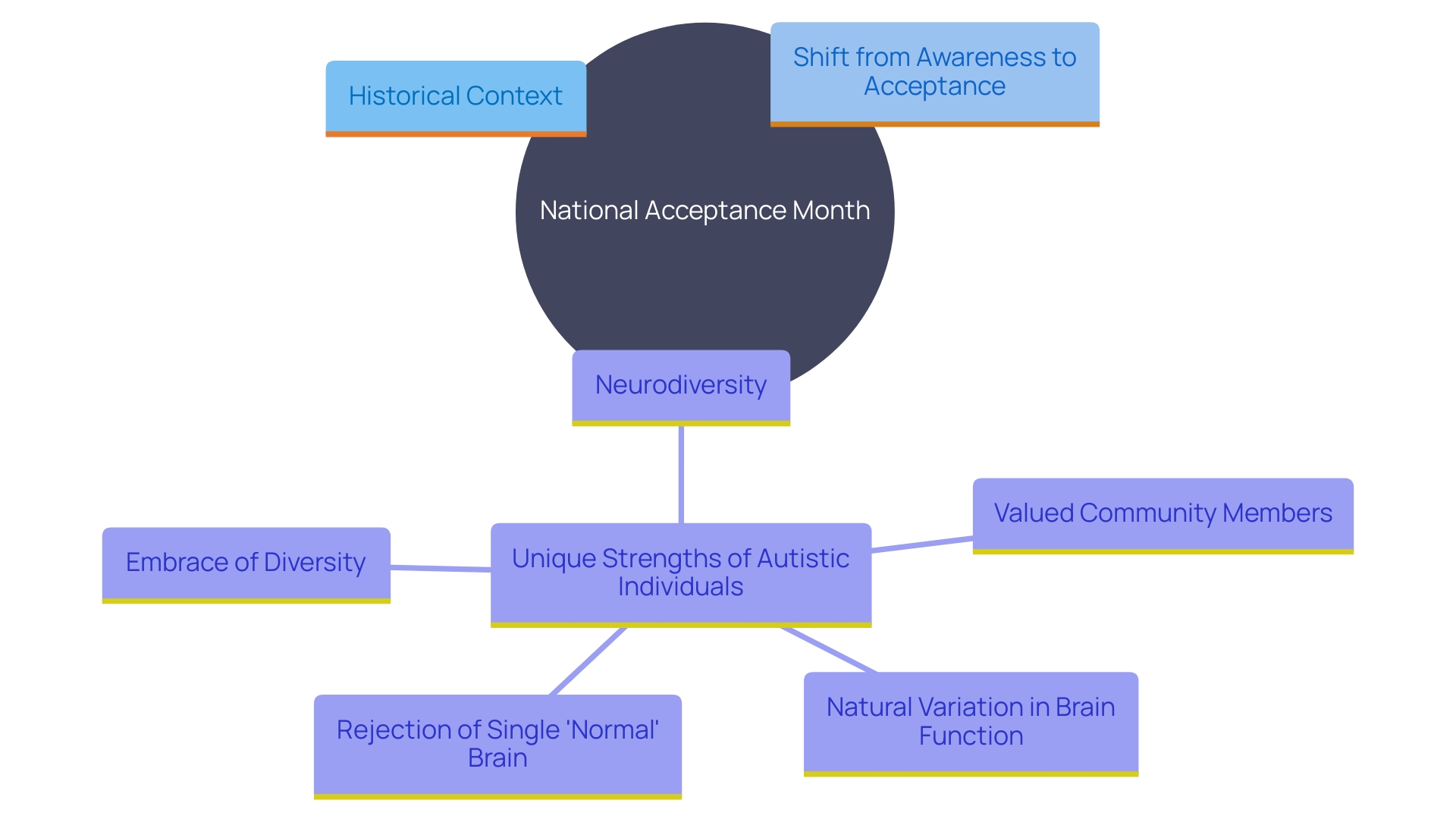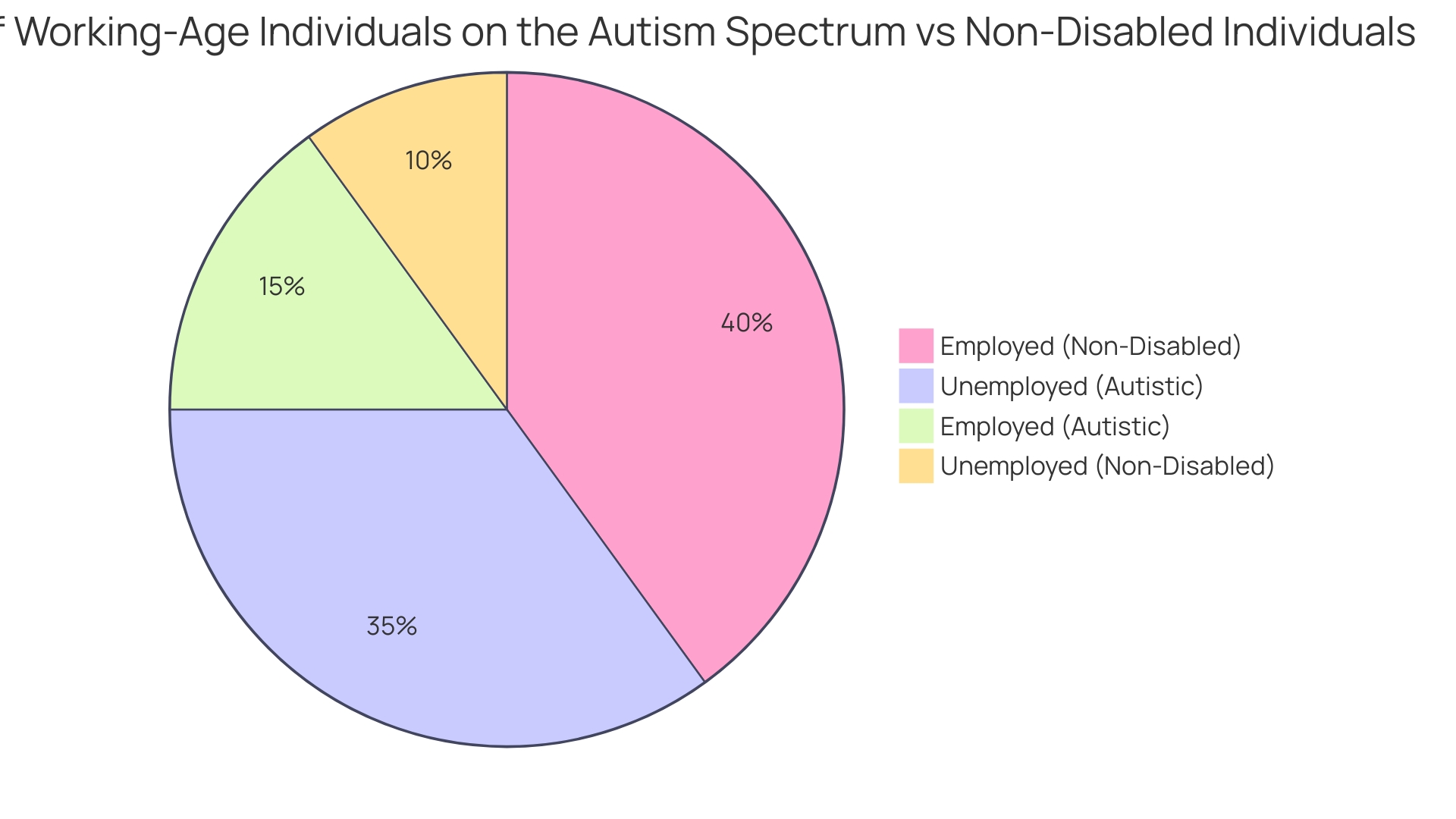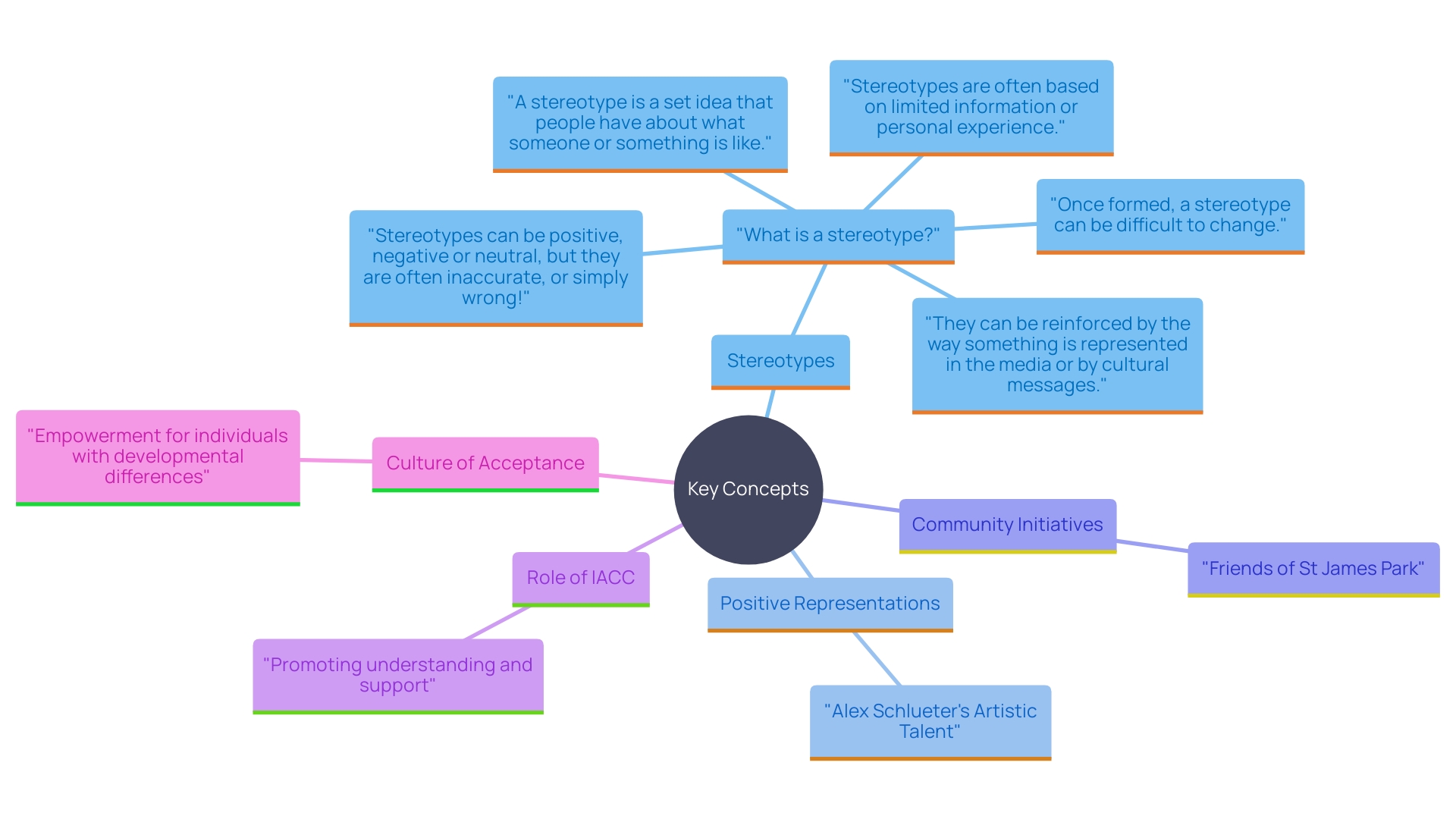Introduction
April marks the observance of National Autism Acceptance Month, a time dedicated to shifting the focus from mere awareness to genuine acceptance and inclusion of individuals on the autism spectrum. What began in 1970 as Autism Awareness Month has evolved into a celebration of neurodiversity, emphasizing the importance of understanding and valuing the unique strengths and perspectives that autistic individuals bring to society. Recognizing autism as a natural variation in human brain function, rather than a disorder needing a cure, underscores the broader goal of fostering a more inclusive and appreciative society.
This article delves into the history, significance, and ways to support Autism Acceptance Month, exploring the transition from awareness to acceptance, the benefits of inclusion, and the importance of challenging stereotypes and misconceptions.
The History of Autism Acceptance Month
National Acceptance Month for Neurodevelopmental Disorders, recognized each April, started as Awareness Month for Neurodevelopmental Disorders in 1970. Over time, the emphasis has transitioned from simply raising awareness to fostering acceptance and understanding of people on the autism spectrum. This shift highlights the increasing importance of inclusivity and the celebration of neurodiversity. Autism is a natural variation in human brain function, not a disorder requiring a cure. 'Embracing neurodiversity means recognizing the unique strengths and perspectives that autistic people bring to society, much like how we value diversity in ethnicity, gender, and culture.'. Comprehending this condition as part of the valuable diversity of human minds helps society better appreciate the varied experiences of those living with it and encourages the inclusion and appreciation of their contributions.

Autism Awareness vs. Autism Acceptance
While awareness emphasizes teaching the public about autism and its challenges, acceptance advances further by promoting the inclusion and support of people with autism in all areas of life. Acceptance is about understanding and valuing neurodiversity, creating an environment where individuals on the spectrum can thrive, feel understood, and contribute meaningfully to society. 'This shift towards acceptance is echoed by initiatives such as the Adult Autism Health Resources project led by the Lurie Center for Autism, which aims to improve the lives of individuals on the spectrum by educating clinicians, caregivers, and self-advocates.'. Christopher McDougle, MD, emphasizes the need for ongoing medical care and support for individuals on the spectrum, highlighting that they often lose access to services after high school. Furthermore, the neurodiversity movement, which has expanded considerably over the last 25 years, questions the conventional medical model of neurological conditions by encouraging a wider comprehension of neurological differences. This movement has been crucial in supporting the rights and inclusion of those on the autism spectrum, ensuring that they have equal opportunities to engage in all aspects of life.
The Importance of Inclusion and Acceptance
Inclusion and acceptance are fundamental to creating a supportive environment for people with autism. Embracing neurodiversity not only benefits those on the spectrum but also enriches the community as a whole. According to Autistica, about 1 in 70 individuals is on the autism spectrum, highlighting the importance of inclusive practices to ensure equal opportunities in education, employment, and social interactions.
Despite the desire to work, only about 3 in 10 working-age persons on the spectrum are employed, compared to 8 in 10 non-disabled people. This disparity emphasizes the need for initiatives aimed at changing employer behavior and creating supportive work environments. For instance, companies like Aspiritech have implemented innovative hiring processes and workplace accommodations, demonstrating that employment provides autistic people with economic status, a sense of purpose, and social connections.
'The social model of disability, as outlined by the World Health Organization, encourages us to view disability as the result of the interaction between people and environmental factors.'. By addressing these factors and promoting inclusivity, we can build a more cohesive society that values diversity. As Jonathan Holdowsky of Deloitte Services LP notes, true innovation arises from a rich tapestry of diverse minds and discordant thought, making the case for a more inclusive and accepting society even stronger.

Challenging Stereotypes and Misconceptions
Stereotypes and misunderstandings about the condition persist and often lead to stigma and discrimination. Challenging these outdated views requires accurate information and positive representations. For instance, Alex Schlueter, an artist diagnosed with a developmental disorder, demonstrates exceptional artistic talent, showcasing that people with such conditions can excel and contribute uniquely to society. Likewise, initiatives such as the Friends of St James Park in Southampton offer community-centered opportunities to assist individuals on the spectrum in adapting to new environments, emphasizing the significance of support networks.
The Interagency Autism Coordinating Committee (IACC), made up of federal officials, individuals on the spectrum, families, advocates, and researchers, strives to enhance research and services related to the condition. Their collaborative efforts aim to dismantle barriers and foster understanding. As the committee strives to enhance coordination across the federal government, their work underscores the importance of inclusive and well-informed approaches to the condition.
By sharing these stories and promoting factual information, we can cultivate a culture of acceptance and understanding, ultimately empowering individuals with developmental differences and their families.

How to Support Autism Acceptance Month
Supporting Autism Awareness Month 2024 can be done in various impactful ways. Participating in community events, such as the initiatives led by the Friends of St James Park, offers a hands-on approach to fostering inclusivity and skill development. Distributing resources and information on social platforms aids in raising awareness and informing a wider audience about the condition.
Participating in discussions about the condition is essential. The 'Let's Keep Talking' campaign from Neurodiversity Week exemplifies how continuous dialogue can make a difference. Promoting inclusive practices in schools and workplaces, as seen at Ruby Bridges Elementary School, ensures that environments are welcoming and supportive for all students, regardless of their needs.
Promoting policies that assist people on the spectrum is another impactful action. Recent legislative efforts, such as Assembly member Rubio's AB 438, emphasize the significance of early transition planning for students with developmental disorders, aiming to enhance their long-term results in employment, education, and quality of life.
By taking these steps, we contribute to a culture of acceptance and understanding, ensuring that individuals with autism and their families feel supported and valued in our communities.
Conclusion
The transition from Autism Awareness Month to National Autism Acceptance Month signifies a crucial shift in societal attitudes toward individuals on the autism spectrum. This change emphasizes embracing neurodiversity, recognizing autism as a natural variation in human brain function, and valuing the unique strengths that autistic individuals contribute to society.
Awareness focuses on educating the public, while acceptance advocates for genuine inclusion and support in all areas of life. Initiatives like the Adult Autism Health Resources project highlight the importance of ongoing care and opportunities for autistic adults, while the neurodiversity movement promotes equal rights and understanding.
Inclusion benefits not only autistic individuals but also enriches communities. Addressing barriers to employment is essential, as many autistic individuals face significant challenges in the workforce. The social model of disability reminds us that by improving environmental factors, society can create spaces where everyone can thrive.
Challenging stereotypes and misconceptions is vital for dismantling stigma. Positive representations and collaborative efforts from organizations like the Interagency Autism Coordinating Committee are essential in improving services and support.
Supporting Autism Acceptance Month involves engaging in community initiatives, sharing resources, and advocating for policies that enhance the lives of individuals on the spectrum. By taking these actions, society can foster a culture of acceptance and understanding, ensuring that autistic individuals and their families feel valued and supported.




